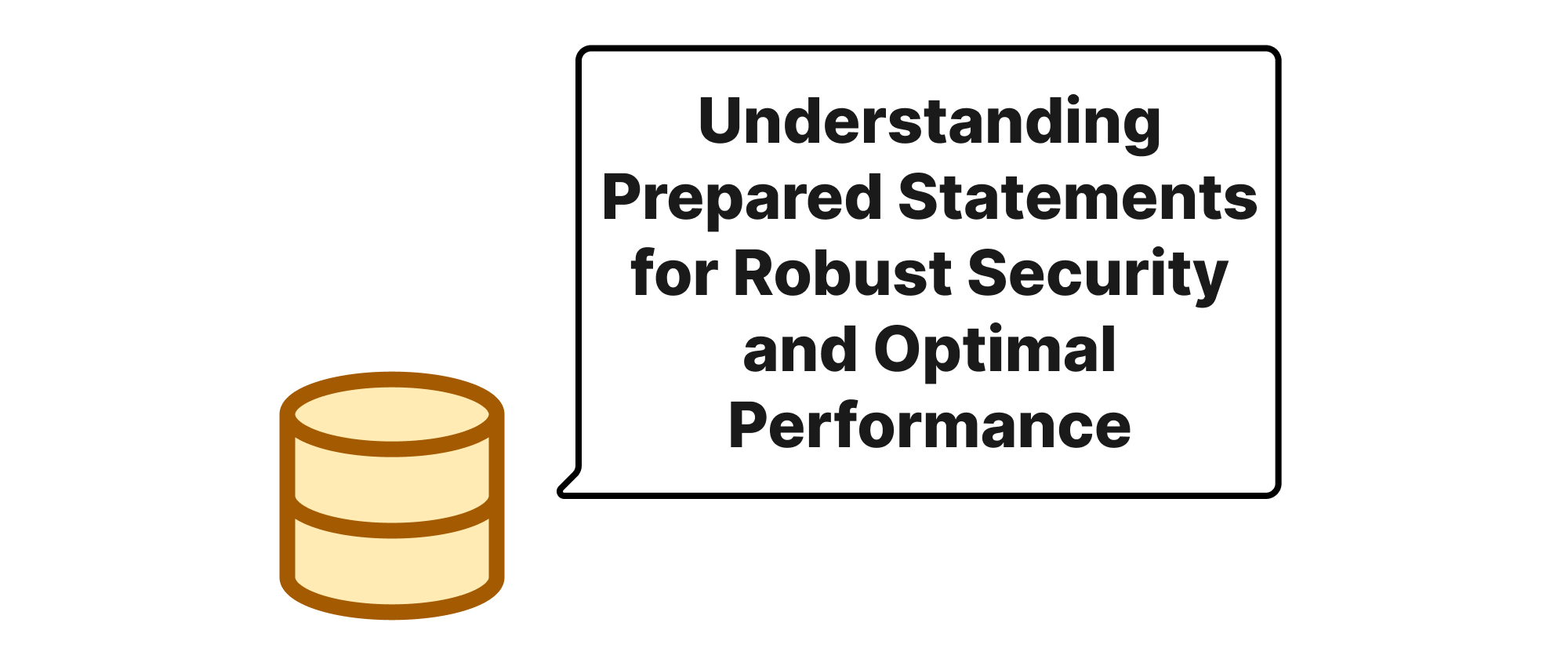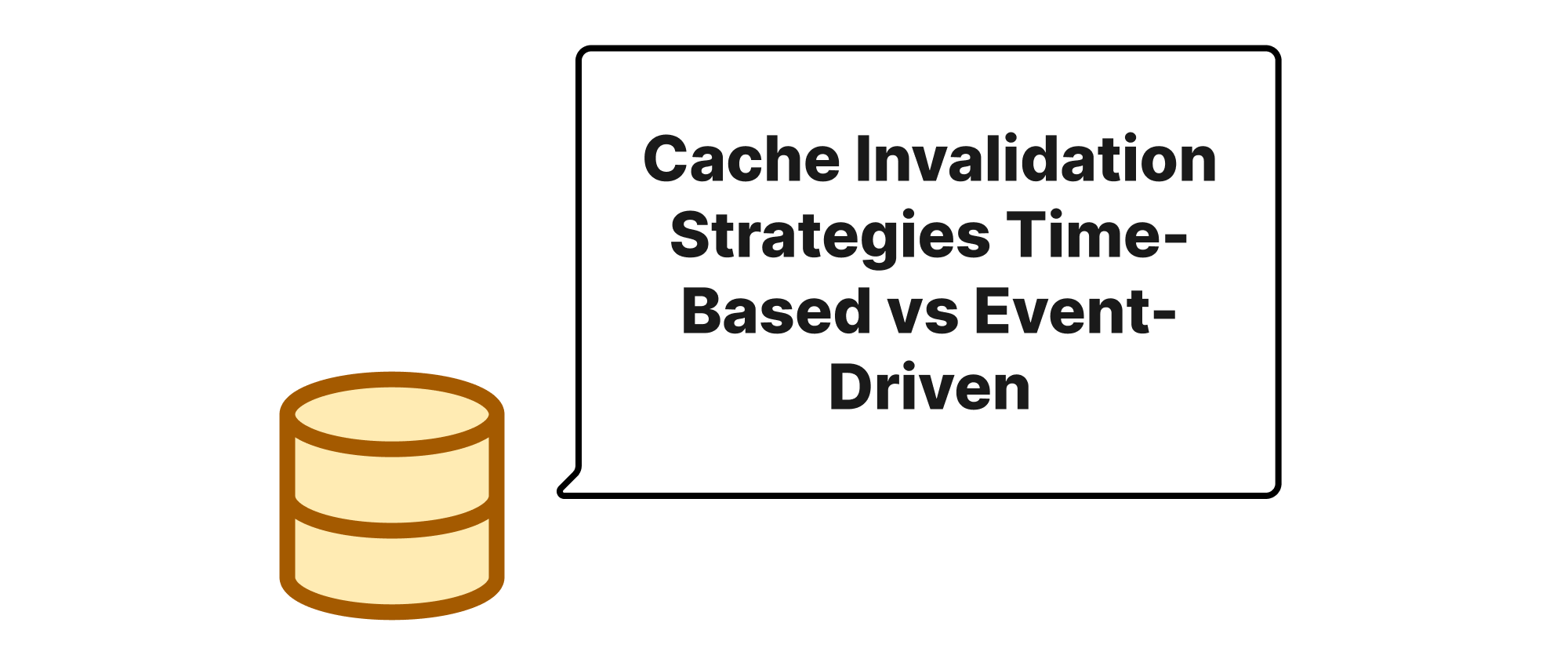Understanding Prepared Statements for Robust Security and Optimal Performance
Ethan Miller
Product Engineer · Leapcell

Introduction
In the realm of database interactions, the integrity of data and the efficiency of operations are paramount. Developers constantly strive to build applications that are secure, reliable, and performant. However, a common adversary lurks in the shadows of database queries: SQL injection. This insidious attack vector can compromise sensitive information, grant unauthorized access, and even corrupt entire databases. Simultaneously, inefficient query execution can hobble application responsiveness, leading to frustrated users and scalability nightmares. Addressing both these critical concerns often points to a single, elegant solution: prepared statements. This article will thoroughly explore how prepared statements serve as a cornerstone for both robust security against SQL injection and often, a significant boost in database performance, transitioning from abstract concepts to practical implementations.
Deep Dive into Prepared Statements
To appreciate the power of prepared statements, let's first clarify some foundational concepts.
Core Terminology
- SQL Injection: A code injection technique used to attack data-driven applications, in which malicious SQL statements are inserted into an entry field for execution (e.g., to dump database contents to the attacker).
- Prepared Statement: A feature used to execute the same or similar SQL statements repeatedly with high efficiency. It's pre-compiled by the database and can be executed multiple times with different parameter values.
- Parameter Binding: The process of associating actual values with placeholders in a prepared statement. These values are sent separately from the SQL query itself.
- Query Plan (Execution Plan): The sequence of operations that the database management system (DBMS) will perform to execute a SQL query. The DBMS optimizer generates this plan.
How Prepared Statements Prevent SQL Injection
The primary mechanism by which prepared statements thwart SQL injection lies in the strict separation of SQL code and user-supplied data. When using prepared statements, the SQL query structure is sent to the database first, with placeholders for any variable data. The database parses, compiles, and optimizes this query structure only once, creating an execution plan.
// Example of a SQL injection vulnerability (pseudo-code) String userInput = request.getParameter("username"); // User inputs: ' OR '1'='1 String query = "SELECT * FROM users WHERE username = '" + userInput + "'"; // If userInput is malicious, the query becomes: SELECT * FROM users WHERE username = '' OR '1'='1' // This effectively bypasses authentication.
In contrast, with prepared statements, the user input is never directly concatenated into the SQL string. Instead, it's bound as a parameter to a placeholder. The database engine treats these bound parameters as literal values, not as executable SQL code.
// Example of a Prepared Statement in Java String username = request.getParameter("username"); // User inputs: ' OR '1'='1 String sql = "SELECT * FROM users WHERE username = ?"; PreparedStatement pstmt = connection.prepareStatement(sql); pstmt.setString(1, username); // The user input is bound as a parameter ResultSet rs = pstmt.executeQuery(); // Even if username contains malicious SQL, it's treated as a literal string value for the 'username' column. // The query executed by the database truly is: SELECT * FROM users WHERE username = ''' OR ''1''=''1' // This will not match any legitimate username and thus prevent the injection.
This fundamental distinction ensures that any special characters within the user input (like single quotes, semicolons, or keywords) are automatically escaped or ignored as part of the SQL syntax, rendering them harmless. The database engine understands that the placeholders are for data values, not for additional SQL instructions.
Performance Benefits of Prepared Statements
Beyond security, prepared statements can offer substantial performance improvements, especially in applications that execute similar queries repeatedly.
-
Pre-compilation and Query Plan Caching: When a prepared statement is first executed, the database parses, compiles, and generates an optimized execution plan for the query. This query plan is then often cached. Subsequent executions of the same prepared statement (with different parameter values) can reuse this cached plan, skipping the expensive parsing and compilation steps. This overhead reduction is particularly noticeable in high-volume transaction processing systems.
// Conceptual flow for performance benefit // First execution: PREPARE statement_name FROM 'SELECT name FROM products WHERE category_id = ?'; EXECUTE statement_name USING @category_id_val1; // Full parsing, compilation, plan generation, execution // Subsequent executions: EXECUTE statement_name USING @category_id_val2; // Reuses compiled plan, only parameters change, faster execution EXECUTE statement_name USING @category_id_val3; // Reuses compiled plan, faster execution -
Reduced Network Traffic: While seemingly minor, the difference in network traffic can accumulate. When using prepared statements, the SQL query structure is sent to the database only once. For subsequent executions, only the parameter values need to be transmitted. This can reduce the amount of data transferred over the network, leading to lower latency and better overall performance, particularly in distributed environments.
-
Optimized Resource Allocation: By caching execution plans, the database can manage its resources more efficiently. It doesn't need to repeatedly allocate memory and CPU cycles for redundant parsing tasks, allowing it to focus on data retrieval and manipulation.
Application Scenarios
Prepared statements are beneficial in almost any scenario involving dynamic SQL queries with user input, but they are particularly advantageous for:
- Web applications: Protecting against common web vulnerabilities.
- Batch processing: Efficiently inserting or updating large numbers of records.
- Database-driven APIs: Ensuring secure and fast data access.
- Any repeating operations: Wherever the same query structure is executed multiple times with varying data, like fetching user profiles by ID, updating product quantities, etc.
Conclusion
Prepared statements are an indispensable tool in a database developer's arsenal. They provide a robust, fundamental defense against the pervasive threat of SQL injection by strictly separating executable code from user-supplied data. Concurrently, by enabling query plan caching and reducing network overhead, they significantly contribute to application performance and scalability. Embracing prepared statements is not merely a best practice; it is a critical requirement for building secure, efficient, and maintainable data-driven applications. Securing your database and optimizing its performance often starts with the intelligent application of prepared statements.


